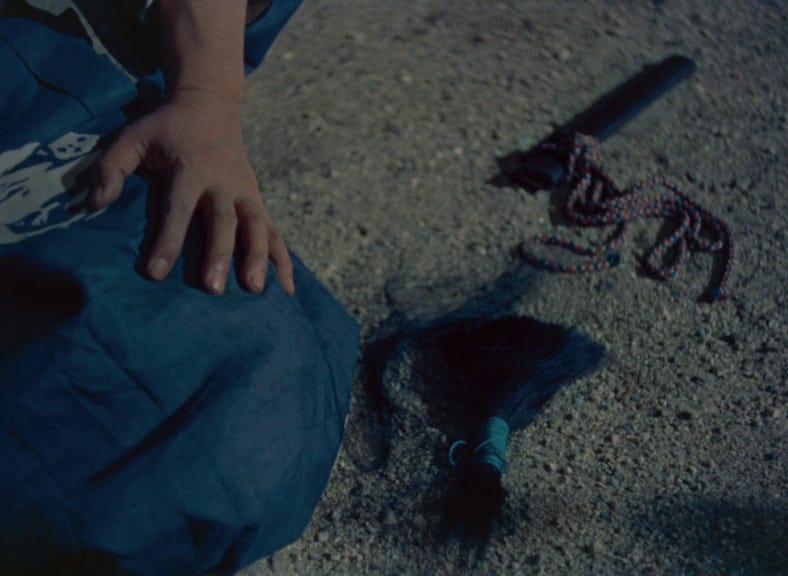The Impasse: On Gate of Hell (1953)
An essay concerning one of cinema's great tragedies.
Teinosuke Kinugasa’s Gate of Hell (1953) is a staggeringly beautiful film, in fact one of the most beautiful ever made. It is one of those rare works of cinema whose aesthetic refinement and affective intensity is such that it can bear comparison to, say, the masters of the Dutch or Spanish Golden Age without embarrassment. But this is not what is most remarkable about it. What is most remarkable is that you understand why it happens, the horrible, ugly thing which is at its core. You understand without it having to tell you outright – quite likely, if it tried to tell you outright you would not understand it, you would reject it as too pathetic, too ridiculous. And you would not be wrong to do so. But because it doesn’t tell you outright, because it just shows you a face, another face, shows you rooms full of faces, shows you how these faces look and how they do not look, where they look and where they do not look, and asks you simply to recognize what these things mean… you do. You understand why it happens. You see it very simply and very clearly, like a tree that’s fallen across the way. You recognize when it happens, too – not when the samurai’s blade cuts into the lady’s body, and not all those weeks earlier, either, when he first saw her. It happens in between, in a room full of men, with the lady not present at all.


